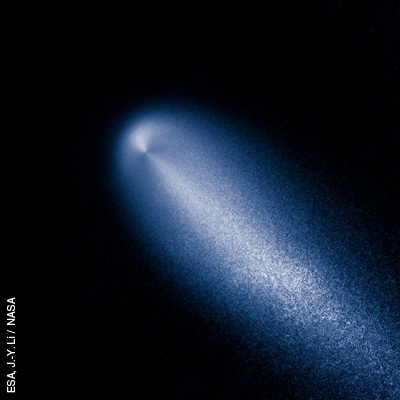“People living in darkness have seen a great light…”
This prophecy from Isaiah 9:2, which Matthew quotes, is rife with meaning—probably more than we can actually comprehend. In the context of Matthew 4:16, “darkness” (skótos), was a fairly straightforward metaphor for sin. “Light” (phṓs), on the other hand, encompassed many shades of meaning, particularly as it related to Christ.
Used literally, phṓs could refer to physical manifestations such as daylight, and also to supernatural illumination like the blinding, dazzling glory that surrounds the throne of God (see 1 Timothy 6:16). Figuratively, it could express “knowledge which enlightens the mind, soul, or conscience…moral goodness, purity and holiness.” In a spiritual-relational sense, it could describe “true knowledge of God and spiritual things.” And from an instructional perspective, it could connote “a dispenser of moral and spiritual light” or “a moral teacher.”
So which of these does Matthew (and Isaiah) refer to when identifying Jesus as “a great light?” The best answer is probably: All of them. In his incarnation, Jesus encompassed every humanly imaginable aspect of light—and more.

[CWS, 10; CWD, 1462-63]
ΩΩΩ
Copyright © 2014 to present by Nappaland Communications Inc. All Rights Reserved.

